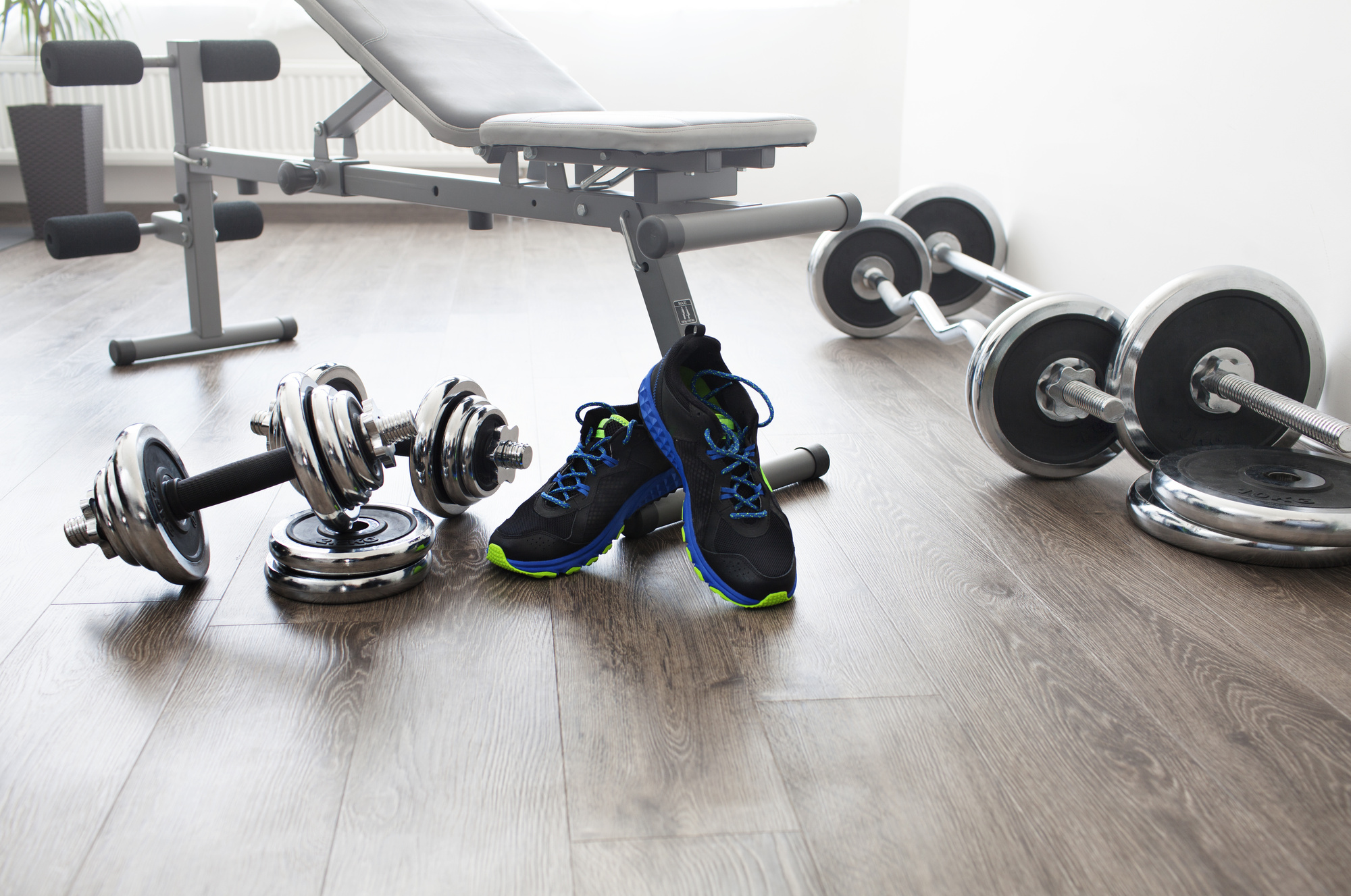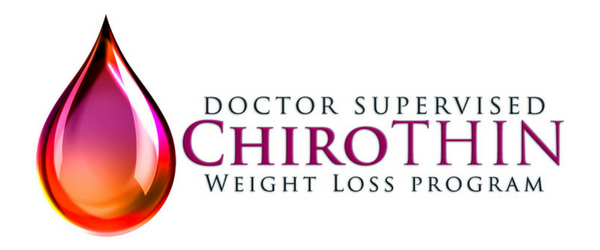
Many people who are just starting to work out are doing so to lose weight. As they’ve considered fitness training, they’ve heard the same line over and over again: “Turn that fat into muscle!”
Can you turn fat into muscle, though? The answer to that question may surprise you, and it’s the question we’re going to tackle throughout this article.
What is possible, however, is for you to get in shape. Plenty of people have gone from being overweight to packing significant muscles, and you can join them!
If you’re ready to shed that extra weight and get in your best-ever shape, read on to discover the science behind the goal!
Can You Turn Fat Into Muscle?
If you’re asking, “does fat turn into muscle?” the answer is “no.” In purely scientific terms, fat and muscle are two entirely different types of cells. It’s the equivalent of trying to turn an apple into an orange.
What’s the difference? Well, let’s start by explaining muscle. There are three types of muscle in the body. These include skeletal muscle, cardiac muscle, and smooth muscle. Cardiac muscle pertains to your heart, while smooth muscle is exclusive to the intestine.
That leaves skeletal muscle, which we commonly think of when we hear the word “muscle.” This muscle type attaches to bones through the tendons, thereby allowing you to move your body at will.
Skeletal muscle differs from fat because it’s comprised of myofibril bundles. Myofibril contains long chains of amino acids, which are vital ingredients in protein.
Body fat, on the other hand, consists of triglycerides, which contain three fatty acid chains.
Why is all of this important, you ask? It matters because body fat and skeletal muscle have entirely different chemical structures. Their different makeups make it impossible for one to become the other.
Build Muscle and Lose Fat, Instead
Don’t get discouraged at this point! While it’s true that you can’tturn fat into muscle, you can build muscle and lose fat. Once again, there is a specific process behind this.
Weight loss as a general process occurs through a loss of body fat, muscle, and water weight. As you may expect, the goal is to lose more body fat than anything else.
How do you lose that body fat? That process is relatively straightforward. To lose fat and gain muscle, you must do two things simultaneously. First, you must induce a calorie deficit in your body. Second, you must increase your physical exercise levels.
Losing Fat
We’ll start with creating the calorie deficit. To create a calorie deficit, you simply must consume fewer calories than your body requires to function. Don’t start cutting meals out just yet, though!
Too large of a calorie deficit results in a loss of muscle mass in addition to a loss of body fat. So, you want to ensure you induce a moderate calorie deficit. Typically, this means cutting approximately 10%-20% of your daily calorie intake.
If you want a particular number and less math, this usually translates to about 500 calories. When your body loses access to those calories, it uses your body fat to produce energy. Think of it as your body digging into its reserves when its supply flow is too low.
Your body’s “reserves” are triglycerides stored in your body fat cells. It breaks them down and sends them to the mitochondria to produce the body’s primary energy.
Building Muscle
We’ve spent a bit of time explaining how to lose fat, but how do you build muscle? This is where things get tricky. Strength training is imperative to building muscle as you lose fat.
Most experts recommend strength training sessions two or three times a week with a protein-rich diet and adequate rest days. Your strength training sessions should target multiple muscle groups.
If you were to follow traditional exercises like bench press, weighted squats, and abdominal workouts, you would hit the most critical muscle groups for achieving a powerful, toned-looking body.
While 2-3 days a week is the minimum, you can gauge whether to incorporate more sessions. Always bear in mind the necessity of proper rest days, however.
The more muscle you build, the easier it can be to lose weight. When comparing a pound of fat vs a pound of muscle, fat only burns two calories per hour. A pound of muscle, however, burns six calories per hour.
The Role of Dietary Supplements
Strength training and calorie deficits are the essential steps in losing fat and building muscle. However, there are other things you can do to achieve your desired body type faster.
One of the most common additional steps is taking a dietary supplement. These tools are universally useful, whether you’re a bodybuilder or someone trying to make up a vitamin deficiency.
However, there are also several scams and unapproved dietary supplements that make their rounds on the internet.
One of the best ways to make sure you’re on a legit dietary supplement is to follow a dietary program under your doctor’s supervision. That’s the sort of program we at ChiroThin use.
ChiroThin contains several ingredients that help increase your body’s metabolism. By doing so, ChiroThin bolsters the process we described earlier in the article. It helps your body burn more triglycerides and produce more energy for your body.
As you take this supplement, you will follow a dietary plan designed to help you attain the body type you’ve always wanted. Your doctor will be with you every step of the way.
Get Started Today
As you can see, the question of, “Can you turn fat into muscle” is complex. Your body comprises so many intricate systems to function, and the key to shedding extra pounds is to make those systems work towards your goal.
Are you ready to get started on the path to a healthier you? Click here to find a ChiroThin doctor in your area.
